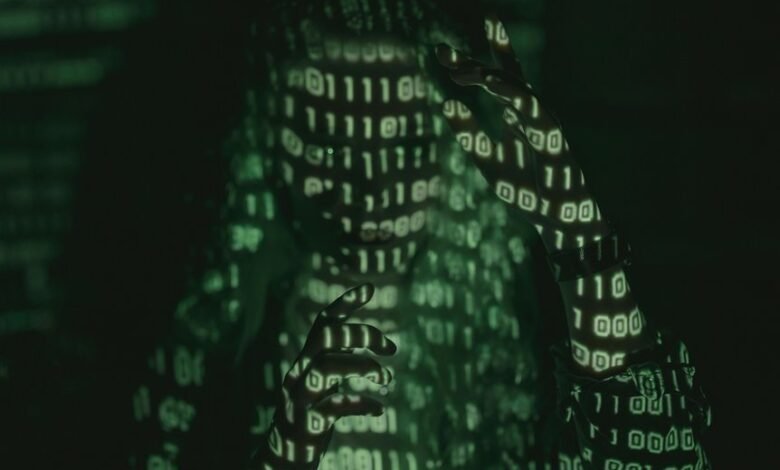What You Didn’t Expect: 3257164820

The number 3257164820 may appear as a random string of digits, yet its layers of meaning offer intriguing insights. Numerologists have identified unique patterns within the sequence, revealing a balance of odd and even numbers. This prompts an exploration of its cultural significance and potential influences on daily life. What messages might lie hidden within this numerical enigma? The answer could reshape perceptions of numbers altogether.
The Mysterious Origins of 3257164820
Although the number 3257164820 may appear as a random sequence of digits, its origins are shrouded in intrigue and complexity.
Historians and numerologists alike have sought to uncover its mystical connections, suggesting various interpretations rooted in ancient beliefs.
Each digit may hold significance, representing a blend of historical interpretations that invite freedom of thought and exploration into the unknown depths of numerical symbolism.
Hidden Patterns and Numerological Significance
What hidden patterns might lie within the digits of 3257164820? Through numerical sequences, one could explore intriguing connections and relationships among the digits.
Pattern recognition reveals potential meanings, such as the balance between odd and even numbers or the repetition of certain digits.
These elements invite deeper reflection on the significance of numbers in daily life, offering paths to freedom in understanding.
Cultural References and Symbolism
Cultural references and symbolism often intertwine to create a rich tapestry of meaning that transcends mere numerical value.
Within various cultures, numerical symbolism manifests in diverse ways, influencing interpretations and beliefs. For instance, numbers may evoke historical events or mythological figures, shaping societal views.
Understanding these cultural interpretations allows for a deeper appreciation of how numbers can convey profound messages beyond their quantitative significance.
Real-World Applications and Implications
As societies increasingly rely on numerical data for decision-making, the real-world applications of numerical symbolism have become more pronounced.
This reliance manifests in various sectors, including finance, healthcare, and technology, where data-driven strategies enhance efficiency and outcomes.
Understanding these practical applications reveals significant real-world implications, empowering individuals and organizations to make informed choices that foster autonomy and innovation in an increasingly complex landscape.
Conclusion
As the exploration of 3257164820 draws to a close, one cannot help but wonder: what other secrets lie hidden within seemingly random sequences? The journey through its origins, patterns, and cultural significance hints at a deeper connection to the universe, inviting further inquiry. Perhaps this number is merely a gateway, beckoning us to uncover even greater truths that intertwine our existence. What revelations await those willing to look beyond the surface? The mystery continues…




